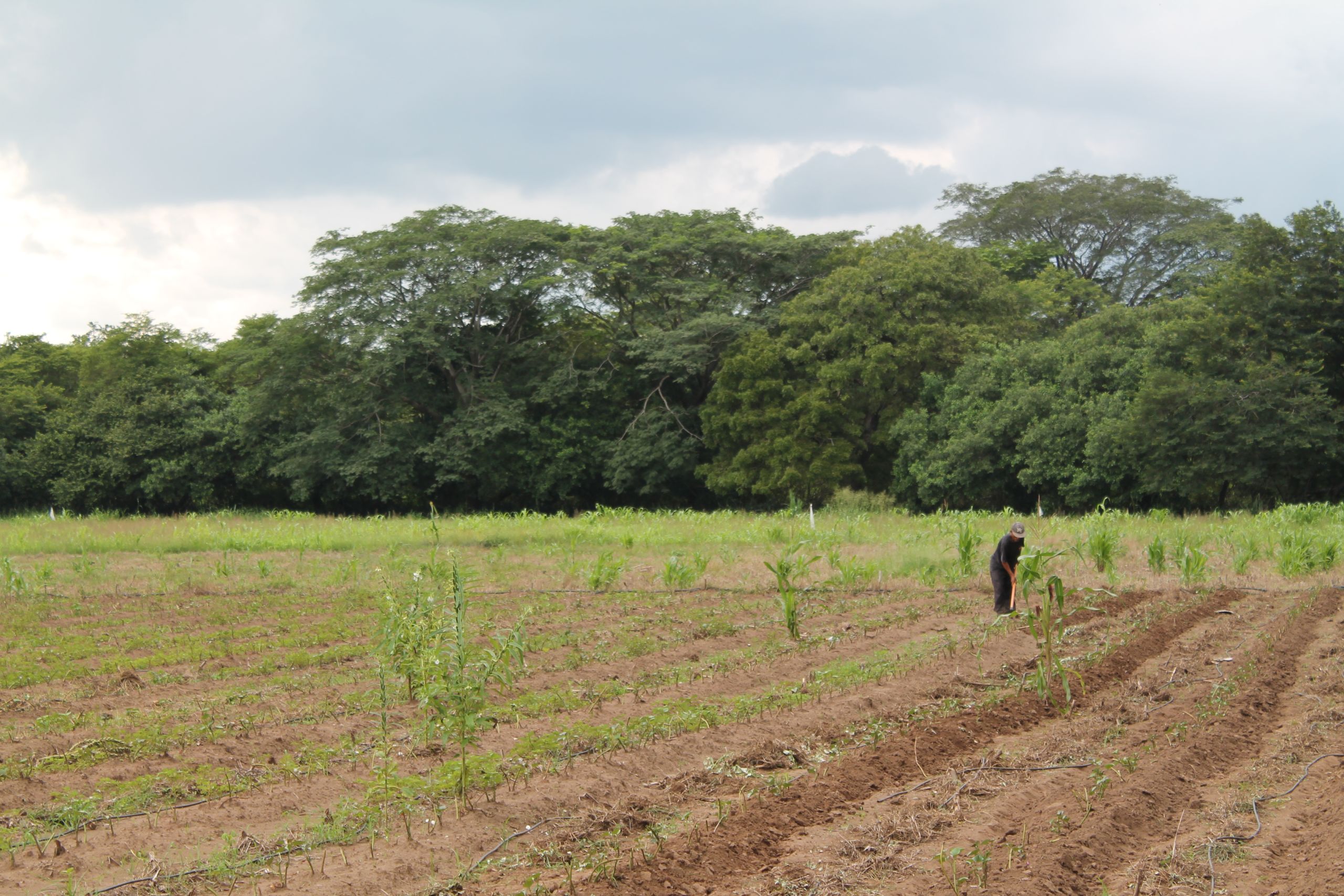In Honduras, communities fight drought with watershed work
Managing access to water in the so-called Dry Corridor is key to economic and food security in the Central American country.

San Antonio del Norte, HONDURAS — The pavement winds south through the Honduran countryside as pine forests shift gradually into the dry lowlands of the country’s drought-prone region. The new road, known as the Dry Channel, connects the Pacific and Atlantic sides of the country for the first time.
For now, the road runs mostly through remote landscape. Before the asphalt was poured, there was in its place a dirt road, or even no thoroughfare at all. The government hopes the Dry Channel will now facilitate linking rural communities to one another and spur the construction of businesses like gas stations and hotels as traffic along the route grows.

San Antonio del Norte has mitigated the impact of the road construction and improved other aspects of its system to secure the water supply for the population.
San Antonio del Norte has mitigated the impact of the road construction and improved other aspects of its system to secure the water supply for the population.
This is exciting news for communities such as San Antonio del Norte in Honduras’ so-called Dry Corridor that are eager for new economic opportunities — but it also brings peril. Construction of this stretch of the road, finished just four months ago, further endangered one of the area’s most important resources: water.
The road project adversely impacted the watershed in Honduras’ Dry Corridor by forcing additional sediment into the water supply, which the community was already struggling to keep clean to ensure sufficient water for human consumption, said San Antonio del Norte Mayor Eulalio Maldonado Moreno.
“Here, there were only roads for horses. So when this started, there was a negative impact in the sense that we had to fight with the Dry Channel people because the design of the Dry Channel at the beginning was near the water intake,” Maldonado said. “All of this sediment made it like a desert, without trees, without any protection for the land, and the sediment could all fall into the water people drink.”
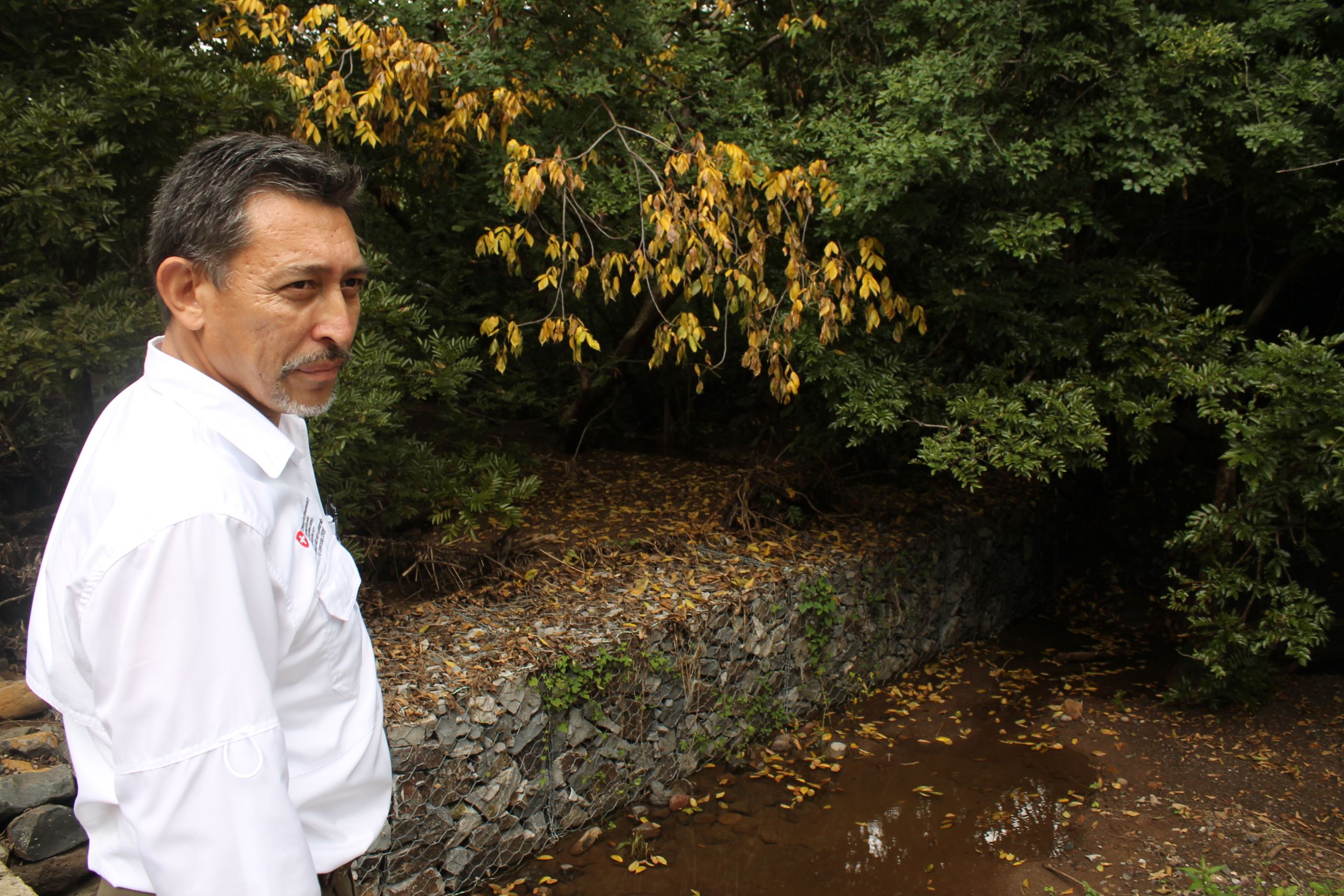
Eulalio Maldonado Moreno, Mayor of San Antonio del Norte.
Eulalio Maldonado Moreno, Mayor of San Antonio del Norte.
Water impacts every aspect of his constituents’ daily lives, Maldonado said. With help from a watershed management program led by nonprofit Global Communities, San Antonio del Norte has mitigated the impact of the road construction and improved other aspects of its system to secure the water supply for the population. Along the side of the road, for example, community members planted grasses that help prevent runoff of rocks down the hill into the water reservoir below.
The project is part of a wider effort called the Dry Corridor Alliance, signed by the Honduran government and international partners in 2014, which aims to improve life in the poverty-prone area by reducing malnutrition, increasing access to water, and stimulating the local economy.
“The purpose of the Dry Corridor Alliance is to reduce poverty in the Dry Corridor region through the implementation of three components: focus on agriculture productivity, watershed management, and food security,” said Marco Tulio Mejia, technical field officer with the alliance. “All of that is linked to one fact, which is the water.”
That includes migration: The highest percentage of migrants leaving Honduras depart from the Dry Corridor region, where it has become difficult in recent years for subsistence farmers to grow enough to feed their families. Improving watershed conditions can in turn secure the food supply and improve economic prospects so people do not need to leave their communities.
Learning watershed management
Global Communities is working closely with municipal governments and larger unions of municipalities known as mancomunidades. Those organizations collectively manage resources that impact wider swaths of the area, such as water, and can pool their financial resources to be more efficient. Global Communities aims to strengthen the local capacity so they can continue effective water management even after the NGO support ends.
In Honduras, 9,000 families in 40 municipalities across three departments, or provinces, are participating to learn effective water management techniques in 65 micro-watersheds.
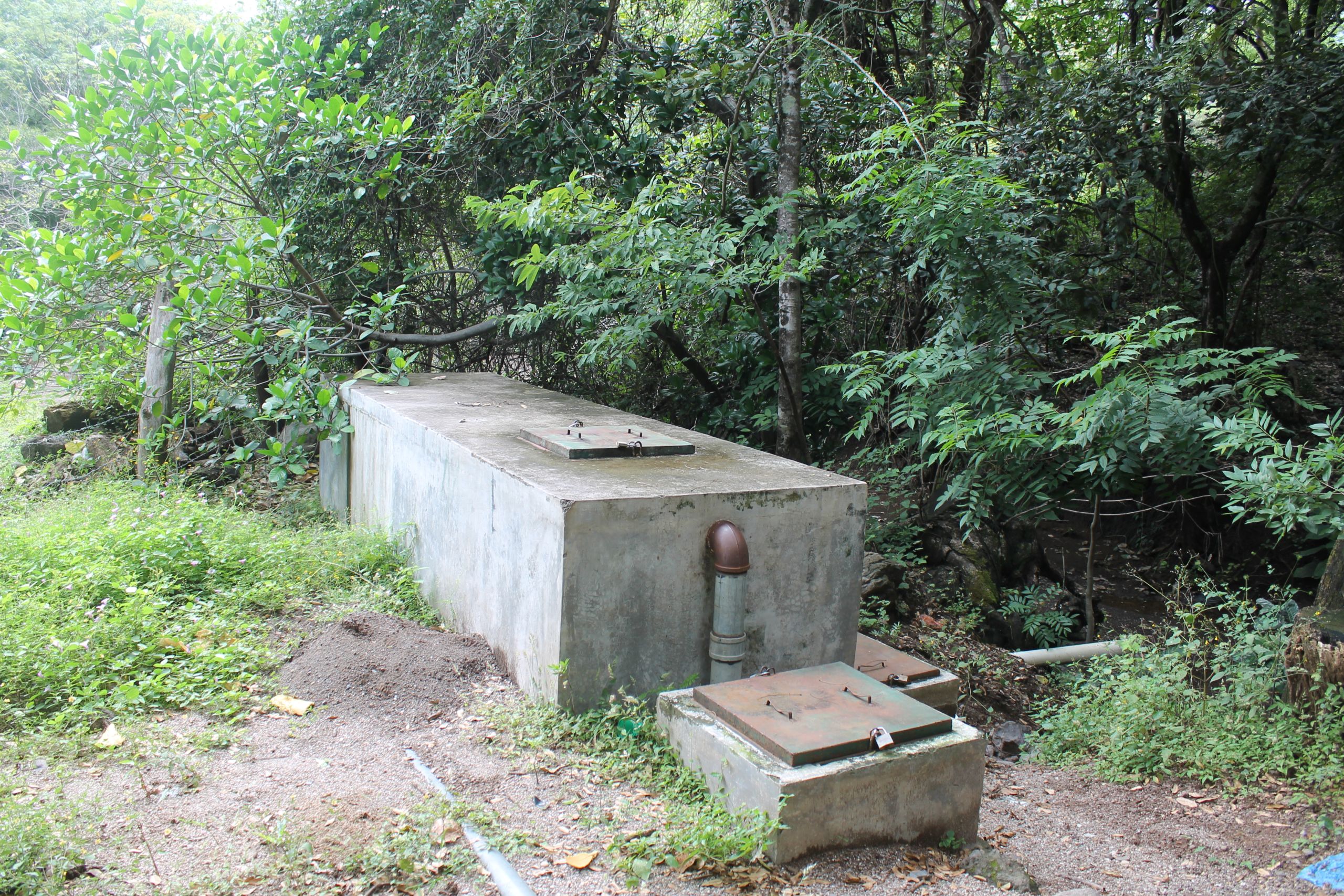
The water filter used to frequently get clogged with sediment.
The water filter used to frequently get clogged with sediment.
“The work in watershed is different than development projects traditionally implemented in the past,” said Luis Caballero, deputy for watershed management for the Dry Corridor Alliance. According to Caballero, the work focused on ensuring water quality for both human and agricultural production systems to increase food security and promote economic development.
He said that continuous water management allows the community to understand exactly how access to water impacts development, and how it can be retained and stored to ensure future security.
Even before the road came through San Antonio del Norte, the community had issues maintaining a healthy water supply. Sediment and rocks were so abundant that the water intake filter had to be cleaned frequently, an arduous process that made it impossible to maintain a regular flow into the community. Construction of a retaining wall along the supply stream — made of stones held together by wire netting — now allows the water to filter through but keeps about 90% of the sediment from going with it.
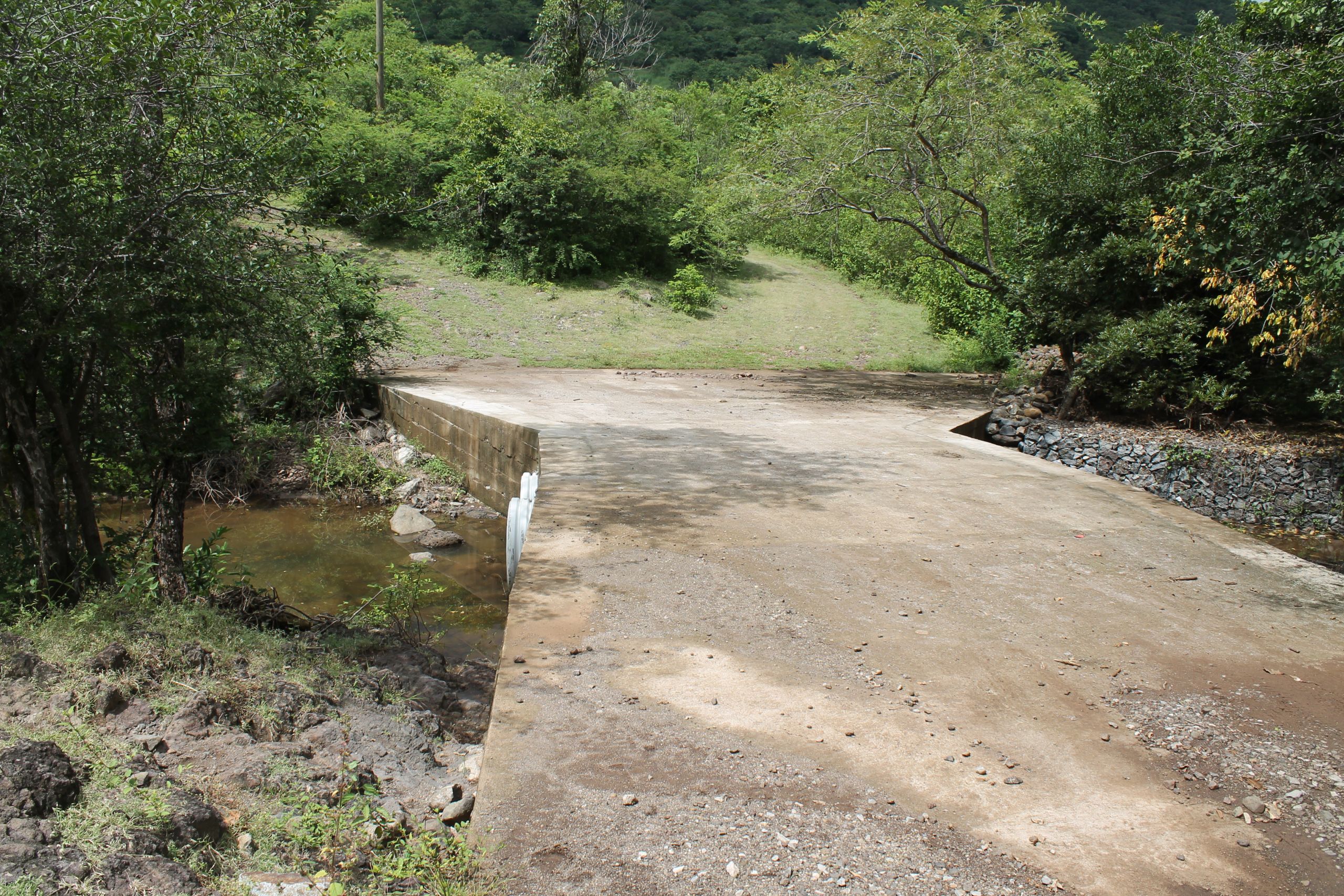
Infrastructure improvements, such as the construction of a bridge, help to ensure water does not become a barrier to movement.
Infrastructure improvements, such as the construction of a bridge, help to ensure water does not become a barrier to movement.
Construction of a bridge in this area also allows community members living on the other side of the stream to cross it even when flows are higher, ensuring water does not become a barrier to movement. Before, cars had to travel on narrow planks.
“Now there is a bridge where the cattle can walk, and kids can go to school and people going to the communities with their cars can pass through and there’s no inconvenience,” Maldonado said, noting it also keeps garbage out of the watershed.
In addition to infrastructure improvements, local water councils receive training on effective watershed management. Such groups often operate informally, but the program encourages them to formally register with the government so they have proper authority over the resources.
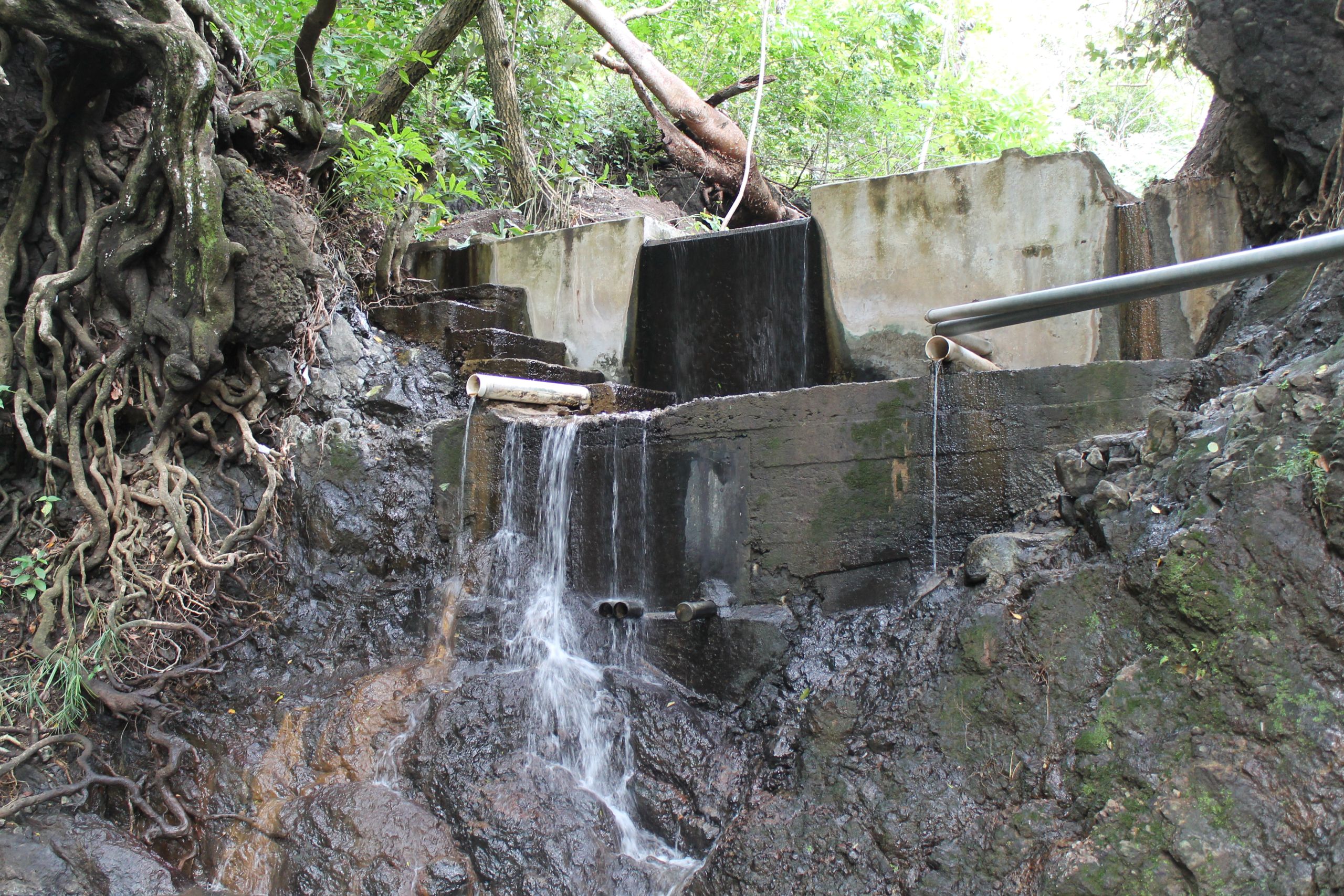
More effective watershed management has meant a cleaner water supply for residents of San Antonio del Norte.
More effective watershed management has meant a cleaner water supply for residents of San Antonio del Norte.
“We’ve done an analysis with the Dry Corridor Alliance to review water quality and quantity,” said Jorge Gomez, member of a water council in the Dry Corridor. “The problem we have is that on the sides of the watershed, there’s contamination from the use of agrochemicals and also because of pastoral animals.”
Livestock in the area commonly roam free, which threatens the water supply. Gomez said the water council is seeking legal recognition from the government so they can declare the area a protected zone.
March and April can be the driest months, Maldonado said, and the water supply has been adversely impacted by climate change. There has been a marked shift in not only the amount of rain, he said, but the potable water then available to the community. Drought can also increase erosion, because extremely dry land is more prone to runoff when there is proper rain.
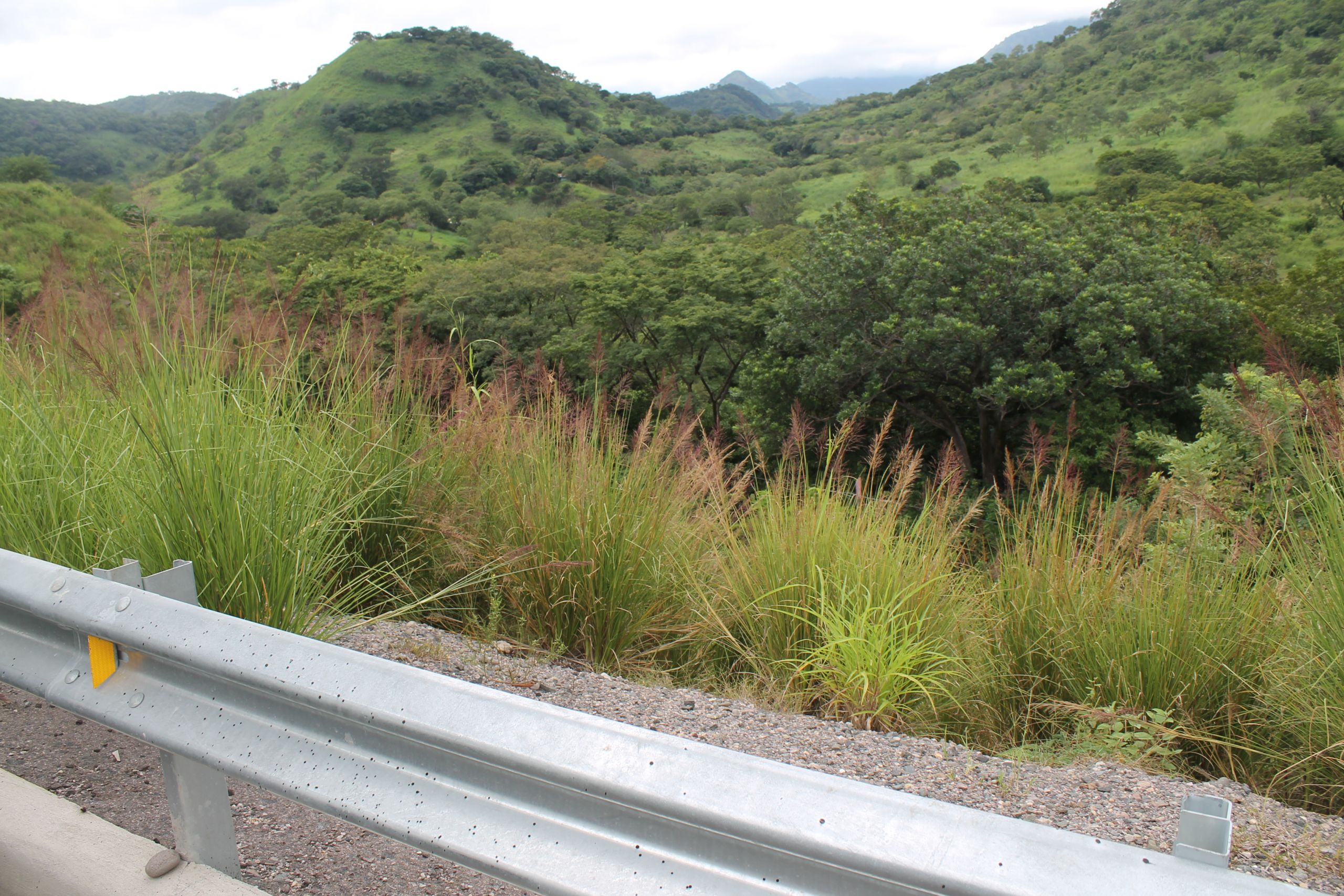
An insurance policy
Ensuring effective water conservation for agriculture in the Dry Corridor is also key to food security and economic stability. A separate program taught smallholder farmers to construct and manage water harvesting reservoirs and irrigation systems that act as an insurance policy against increasingly sparse rains. Conditions in the Dry Corridor have worsened as several years of compounding drought have led to multiple years of crop losses, decreasing farmers’ ability to withstand shocks.
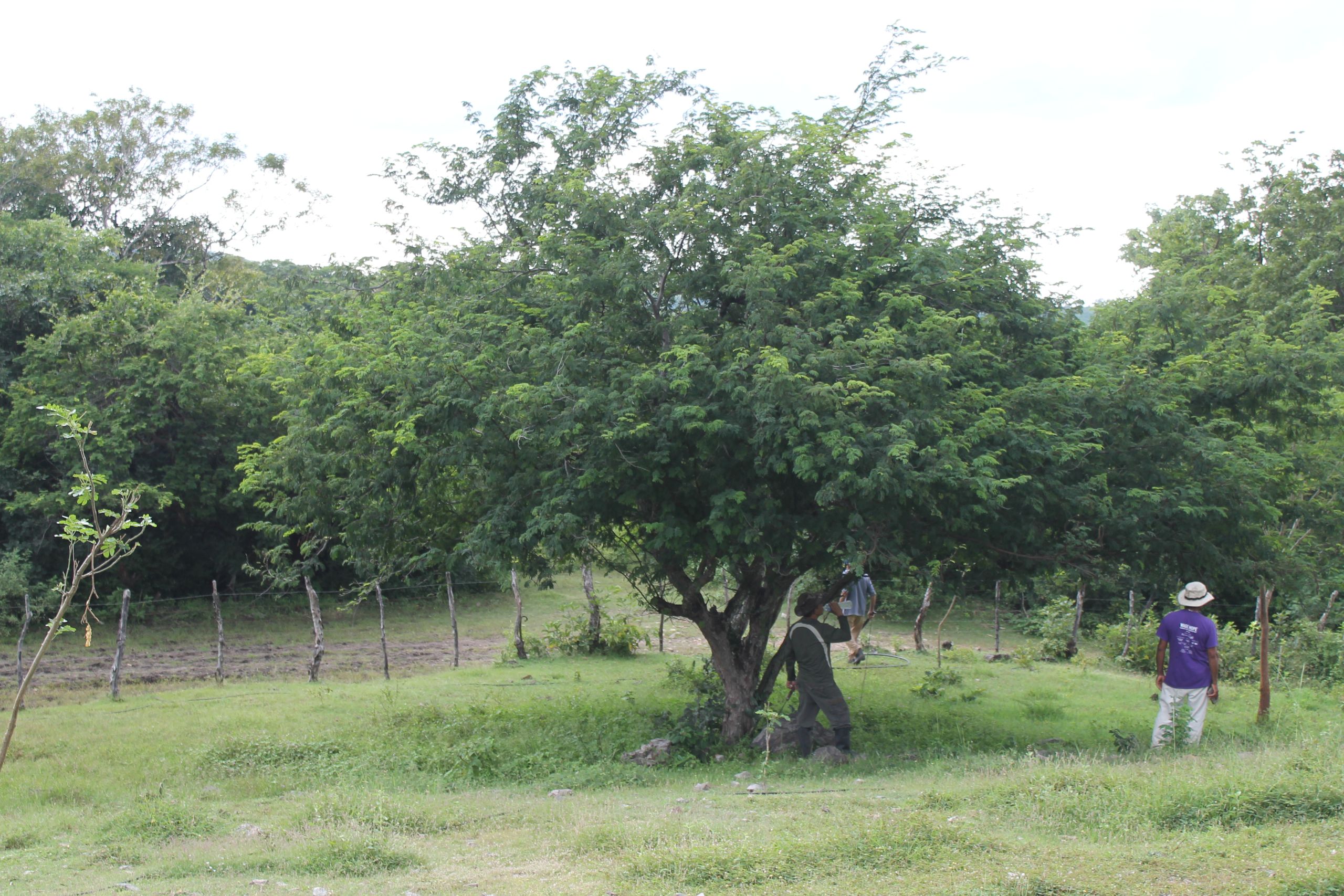
Ensuring effective water conservation for agriculture in the Dry Corridor is key to food security and economic stability.
Ensuring effective water conservation for agriculture in the Dry Corridor is key to food security and economic stability.
Farmers were provided with technical assistance to operate the micro-irrigation system with water originating from a reservoir. The structure is about 6 meters deep and a quarter hectare in diameter, made entirely of soil. Since there is no pouring of concrete involved, the design is meant to be inexpensive and replicable.
“The design is as natural as possible,” said Alejandro Agüero, who served as a water harvesting specialist with the project. “We can harvest a lot more during the summer. This technology is even more important today because previously the rainy season lasted six months. And now, with climate change, the rainfall is extremely limited, but it’s always enough to fill the reservoir.”
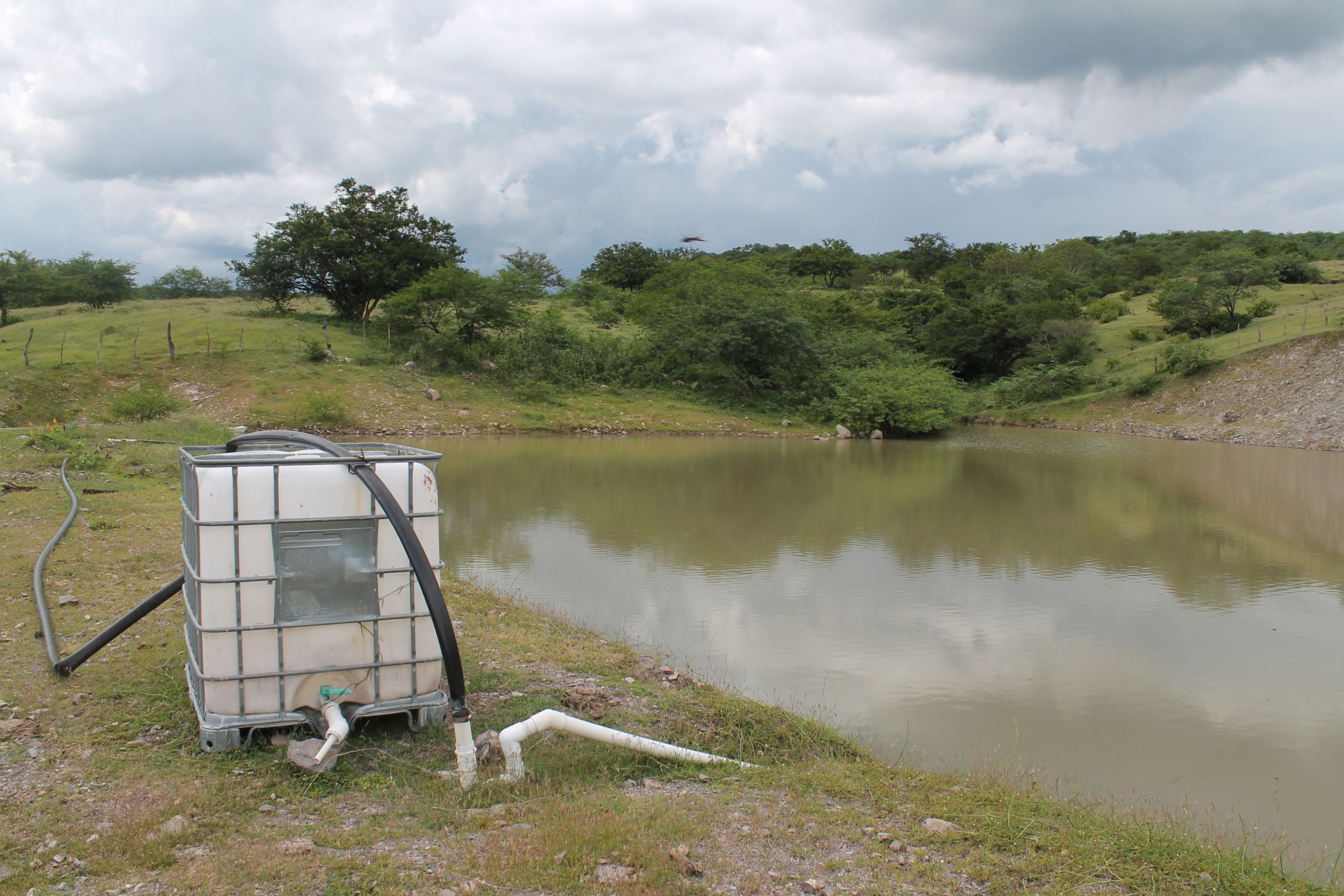
Farmers were provided with technical assistance to operate the micro-irrigation system with water originating from a reservoir.
Farmers were provided with technical assistance to operate the micro-irrigation system with water originating from a reservoir.
In another Dry Corridor town, Goascorán, the water reservoir stands on the middle part of the watershed, above plots of land where farmers had previously only grown the traditional corn crop. But having a constant water supply even in dry months has stretched their season to three harvests per year, meaning they can now plant a more diverse set of crops, including green beans, zucchini, watermelon, and sweet potato.
“We have seen a change because we can harvest, then we can sell — there is enough for us to eat and there’s some to sell,” said Roger Reyes, a farmer who has benefited from the water harvesting project. “Previously we used to have a lot of [crop] loss in the summer.”
So far this year, the rainy season has been sufficient enough that the farmers haven’t needed to use the system.
Although formal Global Communities support has ended, the farmers continue to maintain the system for use when rains are sparse. Pipes travel from the reservoir down the watershed and across a stream, with gravity propelling water to the fields. The pipes connect to thin rubber hoses that run along each bank of plants, with tiny holes ready to distribute water when the sky has not done so. Each hole can produce a liter of water in two hours, which is sufficient to keep the crops going when rain is infrequent.
Reyes, who lived in the U.S. for seven years, said the water harvesting project has allowed him to provide for his family without having to leave the community. He is also passing along the knowledge of how to use the irrigation system to his children, so they will know how to adapt to a changing climate as they begin to farm.
“I believe that they won’t have the need to leave,” Reyes said.
Words and photos: Teresa Welsh
Article production: Naomi Mihara
